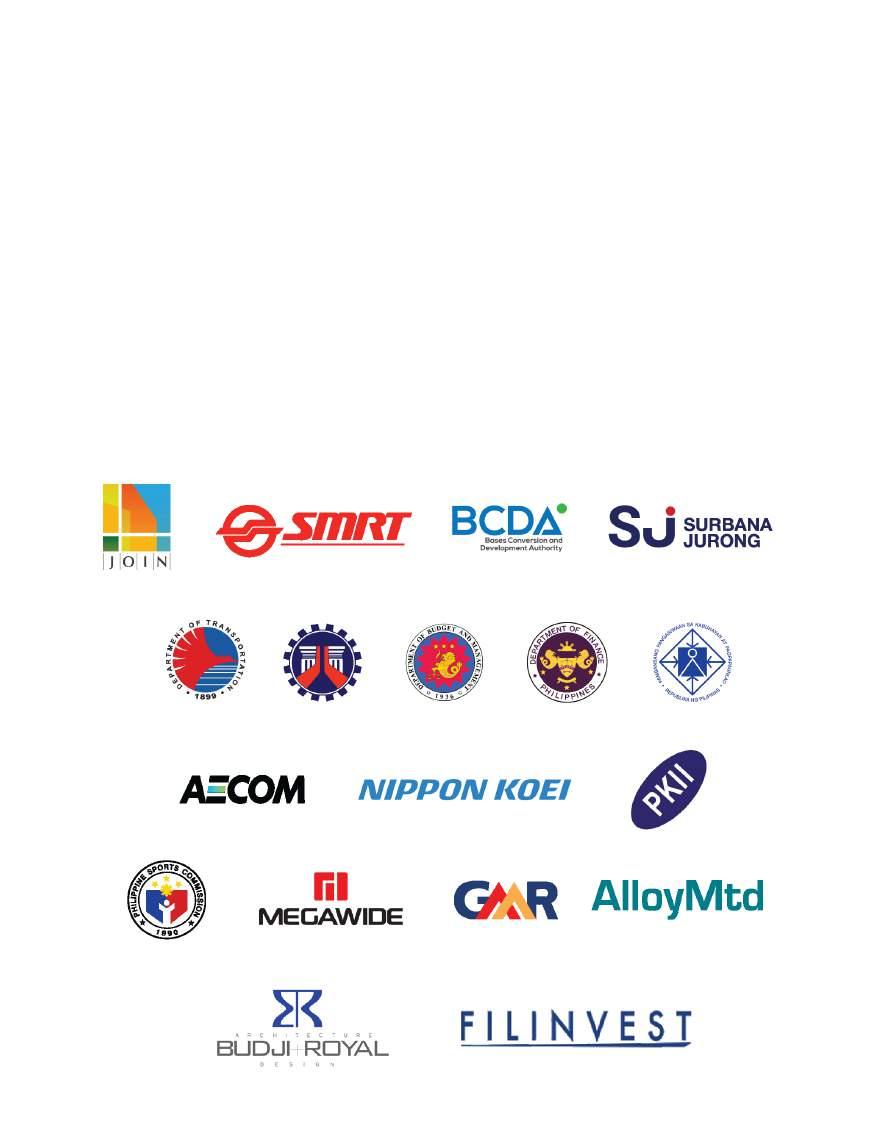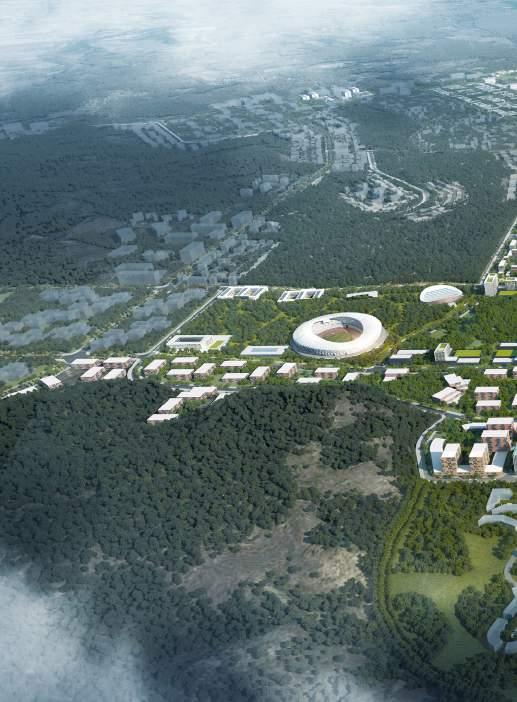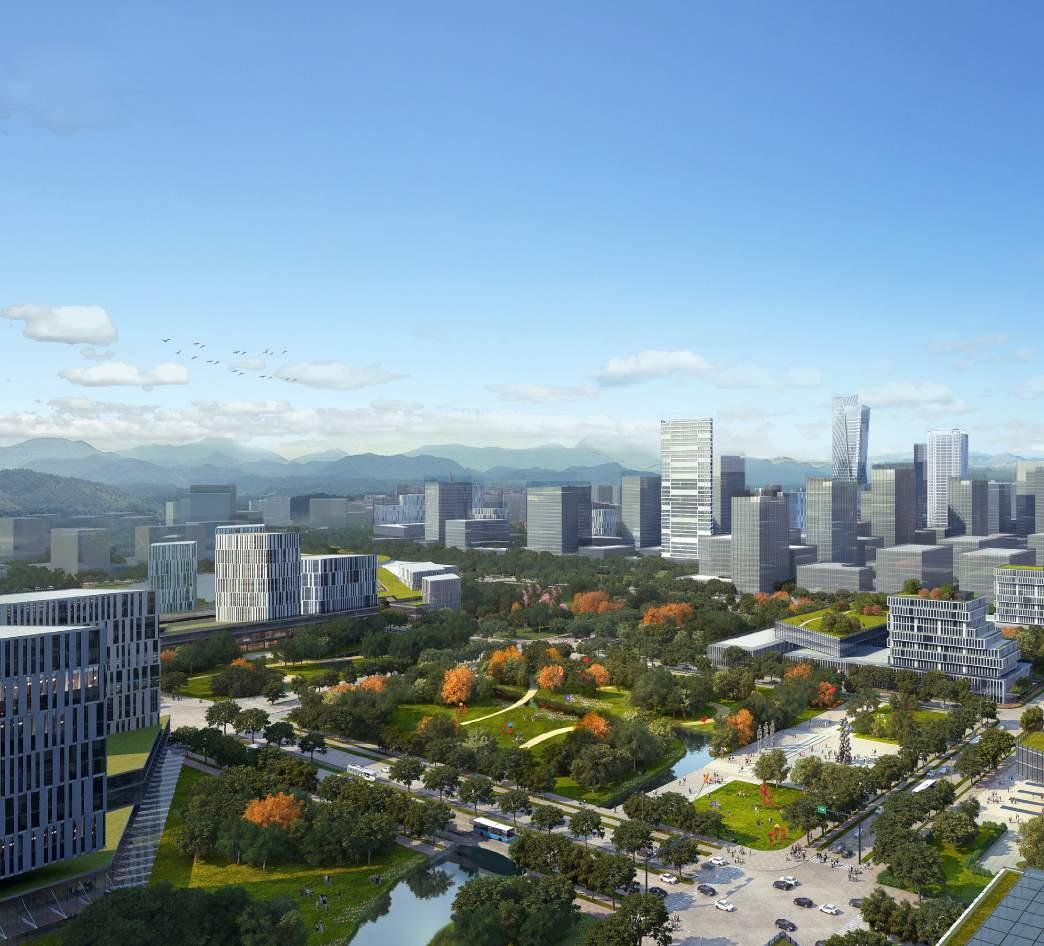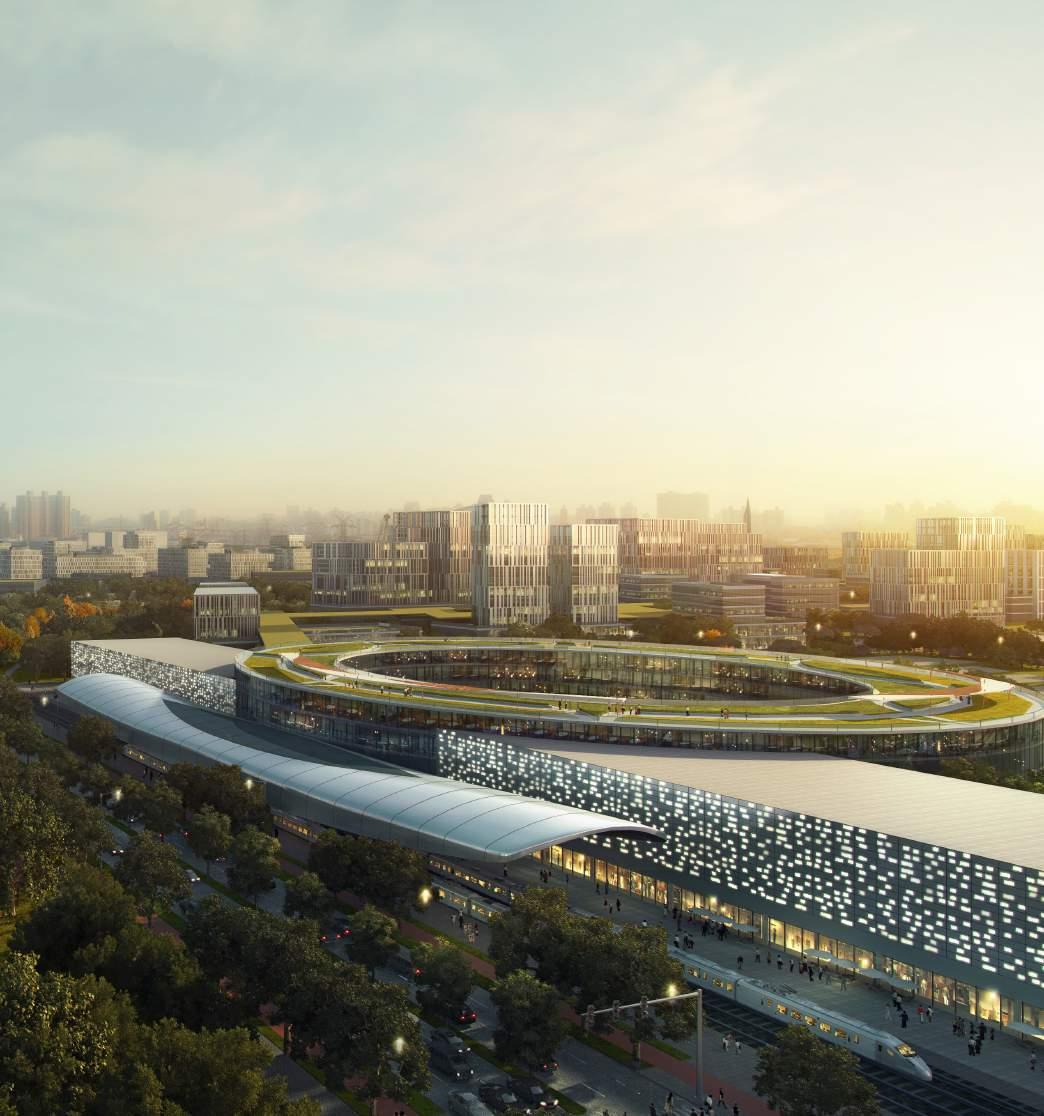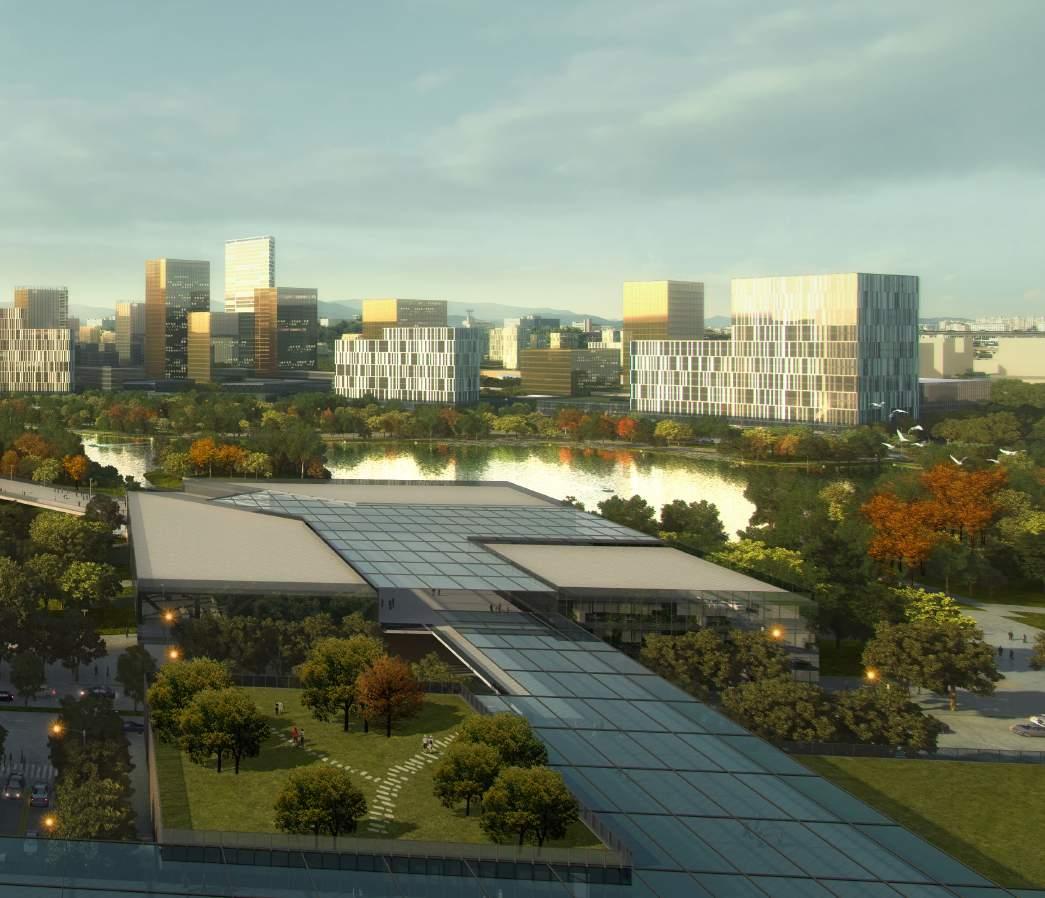
4 minute read
HOW WE MUST
from Clark Magazine Vol 1
by BCDA
We are the communities we make, the homes we build, the cities we fashion; where and how we live are showcases of who we are, what we aspire for, and what we value. Here is where our minds and hearts are molded, our most valued relationships formed and nurtured, and where we establish a base for the life we want to live.
Forward-thinking developers all over the world know and have already embraced the wisdom of this path. Urban capitals like Singapore and Japan have mastered the concept of mixed use, with pockets of green providing delight even in central business districts. In the Philippines, breaking free of the limitations of Manila, the Bases Conversion and Development Authority (BCDA), in partnership with AECOM/Nippon Koei and JOIN, is building an ambitious self-contained community from the ground, New Clark City. Located outside Manila, the city will offer 9,450 hectares of living, working, and leisure space with its own integrated transport system connecting people internally, as well as to the Clark International Airport and Manila.
Advertisement
Until other places in the Philippines—those places where development has been haphazard and
Communities are where our hearts and minds are molded. Forward-thinking countries like Singapore and Japan have mastered this concept of mixed-use with pockets of green. In the Philippines, BCDA and its partners are following the wisdom of this path with New Clark City.
uncontrolled—catch up, New Clark City will be the standard in how a city must look, and be experienced.
The United Nations (UN) has estimated that around 70 percent of the world’s population will live in cities by the year 2050. One can only imagine how such large-scale migration can prove catastrophic to an already grave housing problem, in cities unable to cope with the swell of humanity. The problems follow quickly: traffic, floods, failure of basic services like utilities and garbage collection, and—most alarming in terms of the bigger picture—environmental issues like climate change.
“Fundamentally, the way we shape cities is a manifestation of the kind of humanity we bring to bear,” said American urban designer Peter Calthorpe in a recent TED talk. “And so getting it right is, I think, the order of the day. And to a certain degree, getting it right can help us solve climate change, because in the end, it’s our behavior that seems to be driving the problem. Te problem isn’t free-foating, and it isn’t just ExxonMobil and oil companies. It’s us; how we live. How we live.”
So what do Calthorpe and other experts require of these cities of the future, if they are to be sustainable, optimal human dwellings? Not surprisingly, frst among these non-negotiables is an efcient road and transportation system, because buying more and more cars will not solve the problem of pollution and trafc, but rather, will exacerbate it.
John Kwant, head of Ford Motors’ International City Solutions Program, calls it “re-imagining streetscapes,” which means better managed and designed roads and walkable sidewalks, dedicated bike lanes, rapid bus “Fundamentally, the way we shape cities is a manifestation of the kind of humanity we bring to bear,” said American urban designer Peter Calthorpe. “And so getting it right is, I think, order of the day.”

lanes, and rail systems. “By looking at each city as its own transportation ecosystem and helping to better manage both the supply and demand sides of the equation through connected modes and consumers, we think it’s possible.”
Ten, there is the “right” mix. Tat means a mix of use—homes, workplaces, recreational centers, and retail outlets within the same area for greater efciency and convenience. It also means a mix of incomes—diferent kinds of workers, students, even retirees living well in the community. Imagine the possibility of eliminating stressful, harrowing commutes, the ultimate bane of urban Philippine living—a whole new world indeed!
Finally, and most importantly, the cities of the future must be green if people are to survive. Tey must necessarily be built around and with respect for natural features, incorporating enough trees, and giving residents and users space to breathe in order to remain physically, mentally, and emotionally healthy.
“You take delight not in a city’s seven or 70 wonders, but in the answer it gives to a question of yours,” wrote journalist Italo Calvino. Here is hoping that developers today act with enough foresight for tomorrow, to build habitations that will answer every human being’s need for a meaningful, delightful life.
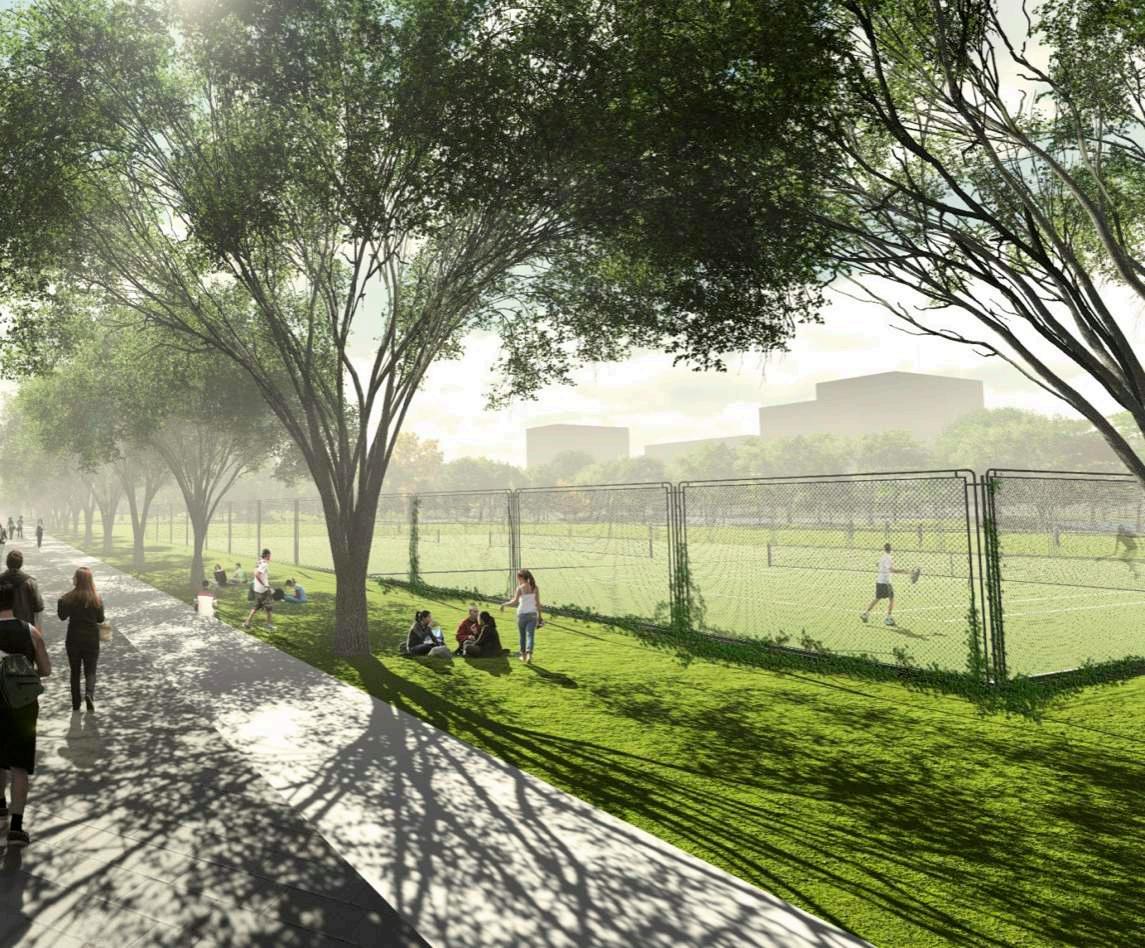
Imagine eliminating the bane of Philippine urban living-the stress of congestion, pollution by having better designed streets and walkways.
Alya B. Honasan is a Manila-based writer, editor, yoga practitioner, dog mama, and cancer survivor.
Mandated with the task of converting former military bases into self-sustaining and premier centers of conomic growth, BCDA employs and partners with only the best, the brightest, and most reputable. Alongside the world’s most formidable design and development conglomerates, BCDA is building world-class business and residential centers, special economic zones, and game-changing infrastructure that can be utilized by and benefit the Filipino people for generations to come.
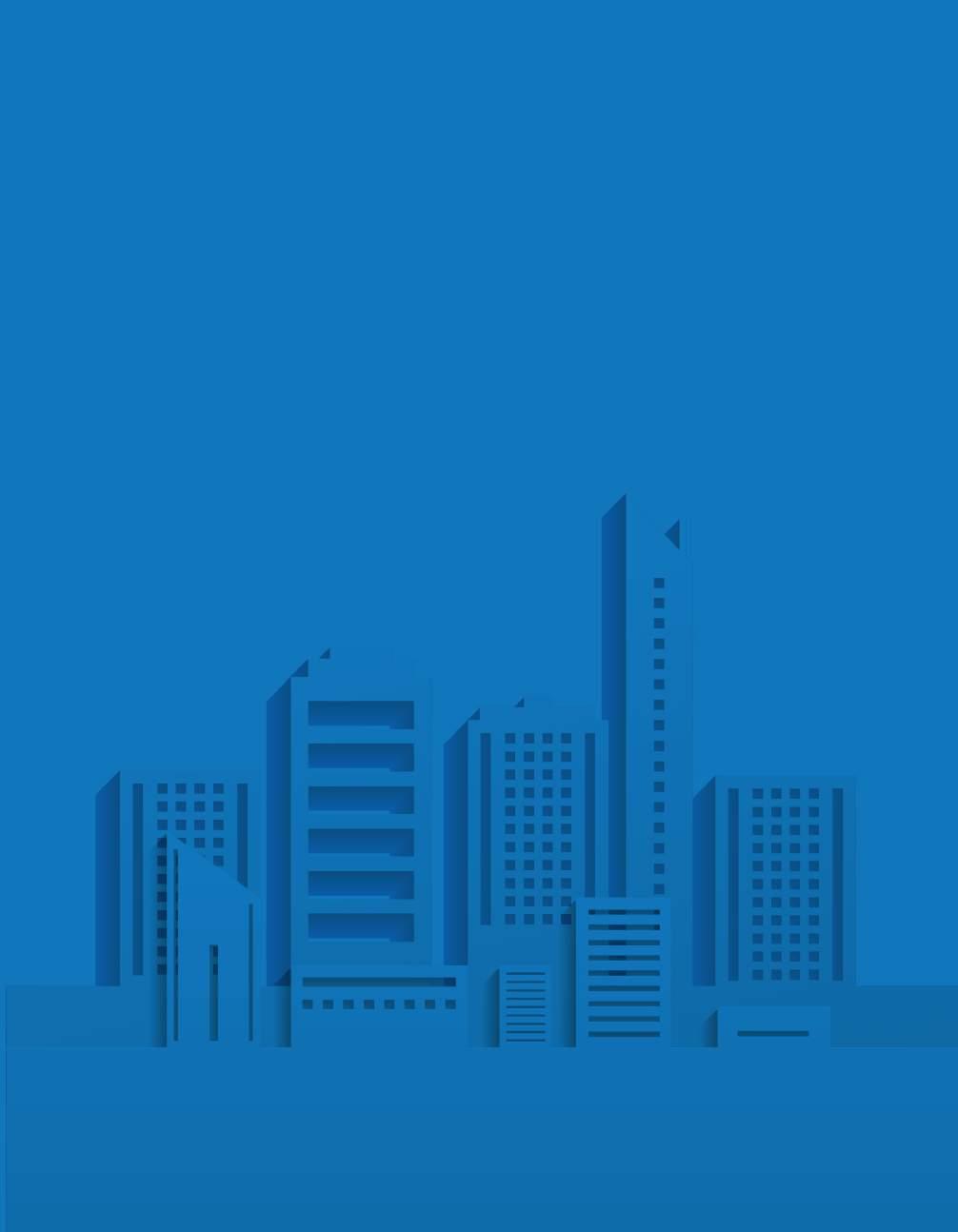
Our Partners
